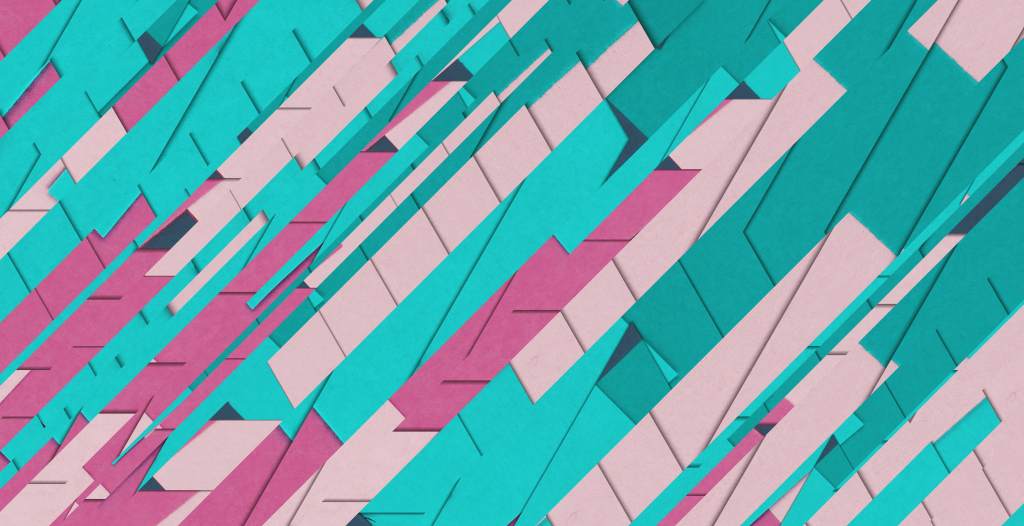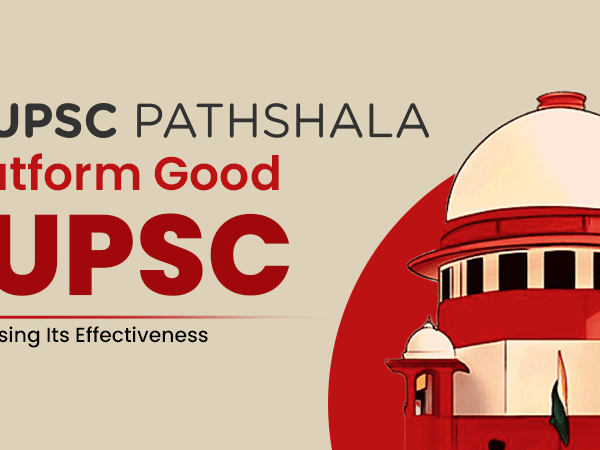Indian society is divided into various religions and the caste system. To dissolve the caste system and its divisions created in the system, the Indian government has worked out the reservation system. The system ensures that the weaker sections receive benefits in the fields of education and employment, so they get an equal chance in these areas.
The backward sections of the society who developed financially, economically, and socially eventually, were labelled as the ‘Creamy Layer’. People belonging to the Non-Creamy Layer are supposed to produce certificates proving the same while applying for certain jobs and universities. In this article, you will learn what is the OBC Creamy Layer, what it means, the Creamy Layer limit, and the Non-Creamy Layer Certification.
The OBC Reservation and the Creamy Layer
Before diving into how and why the OBC Creamy Layer, here is a breakdown of the term for a better understanding.
The Reservation System in India for Backward Classes
In 1954 and 1979, the Ministry of Education and the Mandal Commission suggested that a certain percentage should be reserved for the Scheduled Castes (SCs), Schedule Tribes (STs), and the Other Backward Classes (OBCs) in education as well as employment. These policies were introduced keeping in mind that caste disparities would dissolve over time.
In 2019, the reservations for Scheduled Castes, Scheduled Tribes, and Other Backward Classes was given a 10-year extension by the Lok Sabha at the rate of 15%, 7.5%, and 27% respectively in central government posts and services.
What is the Creamy Layer?
The Creamy Layer is a small section of the marginalised communities that has reached the top of the social and economic section in the communities. The Creamy Layer includes people belonging to the families of Supreme Court judges, senior bureaucrats, and the military officials above the rank of colonel. Candidates below a certain income level qualify to get reservations in educational and government institutions.
The Supreme Court introduced the concept in 1992 where they stated that people belonging to the creamy layer of the backward society would be excluded “by fixation of proper income, property, or status criteria” by the central government. The following year, it was asserted that sons and daughters of Group A/ Class I officers of All India Central and State Services, Group B/ Class II Officers of Central and State Services, employees of Public Sector Undertakings, etc. and armed forces come under the creamy layer and are exempted from the benefits of the reservation system. These groups come under the creamy layer of the OBC, the SCs and the STs.
Also Read : How Many Questions to Attempt in UPSC Prelims? UPSC CSE 2020 Tips
OBC Creamy Layer Income Limit
The OBC Creamy Layer is entitled to benefits other than those for the reservation category. People with an annual income of more than 8 lakh are exempted from the reservation benefits of the OBC. The government proposed that the OBC Creamy Layer income limit be increased from 8 lakh to 12 lakh per annum. This includes households with landholdings of over 10 hectares, out of which 4 hectares are under irrigation. To find out the difference between OBC Creamy Layer and OBC Non-Creamy Layer, read this blog.
OBC Creamy Layer Certificate
As mentioned above, the government grants certain benefits to the OBC Creamy Layer as well as the Non-Creamy Layer. There are no specific certifications provided to the members of OBC Creamy Layer. People belonging to the category can instead provide proof and description of their parents’ job. For people belonging to the Non-Creamy Layer, there are certifications issued that can ensure they receive the promised benefits.
Eligibility Criteria for Applying for Certificates
To apply for a Non-Creamy Layer certificate, one should:
- Be a citizen of India
- Belong to the OBC Category
- Have at least one parent working under the Group C or Group D in Central Government
- Have an annual income of less than 8 lakh per year
- If the person applying is the wife of a Government employee, they are eligible given that their parent’s source of income is not stable
Applying for a Certificate
To apply for a Non-Creamy Layer Certificate, one has to follow the steps mentioned below:
- Obtain a 20 rupee stamp paper
- Get an affidavit from the Notary Advocate
- Attach the documents with parents’ signature
- Submit the VAO, which is transferred to RI and then the Tahsildar
Conclusion
The OBC Creamy Layer is thus a system introduced by the government to ensure the backward sections of the society receive their share of benefits in the fields of education and employment.
It is however difficult for the system to keep track of the actual income of the people falling under the Creamy Layer. It is thus important that if you belong to the Non-Creamy Layer of the society, you keep a track of the laws and stay updated with your documents so that you can avail the benefits through the system.
Also Read : What is Non-Creamy Layer in OBC? How to Get the NCL Certificate?






